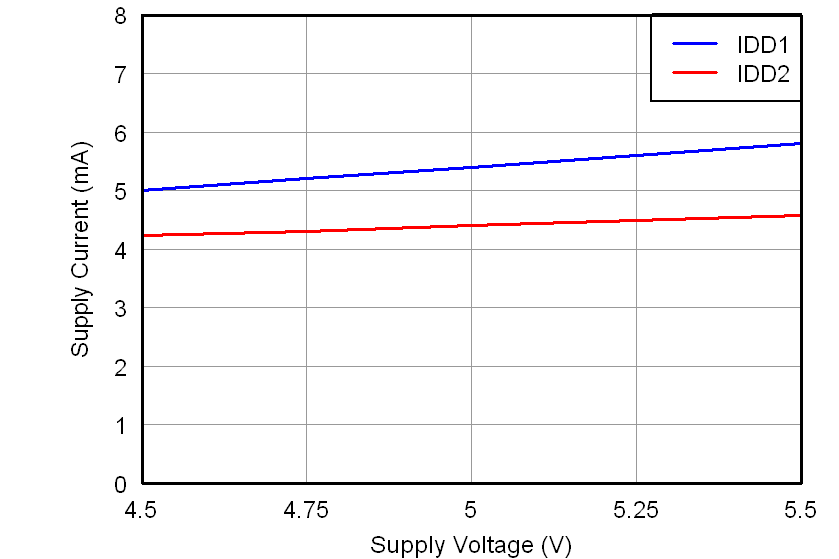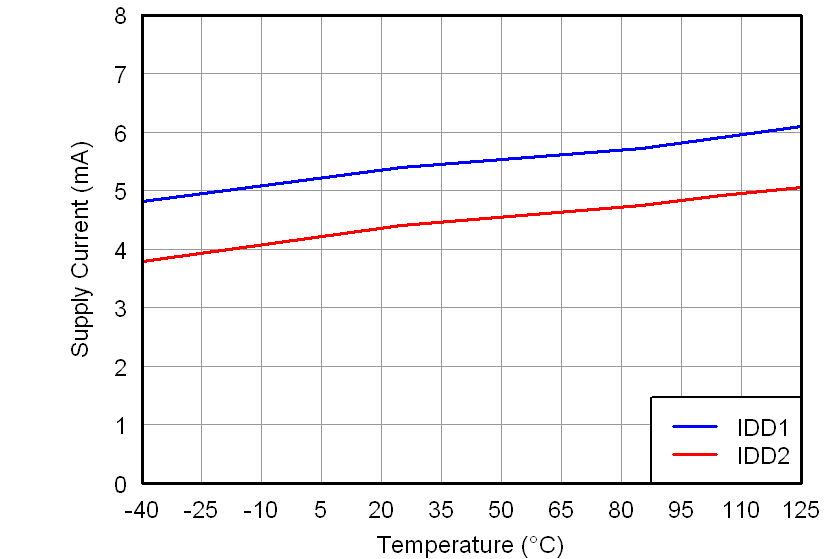SBAS585A September 2012 – January 2016 AMC1200-Q1
PRODUCTION DATA.
- 1 Features
- 2 Applications
- 3 Description
- 4 Revision History
- 5 Pin Configurations and Functions
- 6 Specifications
- 7 Detailed Description
- 8 Application and Implementation
- 9 Power Supply Recommendations
- 10Layout
- 11Device and Documentation Support
- 12Mechanical, Packaging, and Orderable Information
Package Options
Mechanical Data (Package|Pins)
Thermal pad, mechanical data (Package|Pins)
- DUB|8
Orderable Information
6 Specifications
6.1 Absolute Maximum Ratings
over operating ambient temperature range (unless otherwise noted)(1)| MIN | MAX | UNIT | ||
|---|---|---|---|---|
| Supply voltage | VDD1 to GND1 or VDD2 to GND2 | –0.5 | 6 | V |
| Input voltage | VINP, VINN | GND1 – 0.5 | VDD1 + 0.5 | V |
| Input current | VINP, VINN, VOUTP, VOUTN | –10 | 10 | mA |
| Junction temperature, TJ | –40 | 150 | °C | |
| Storage temperature, Tstg | –65 | 150 | °C | |
(1) Stresses beyond those listed under Absolute Maximum Ratings may cause permanent damage to the device. These are stress ratings only, and functional operation of the device at these or any other conditions beyond those indicated is not implied. Exposure to absolute maximum rated conditions for extended periods may affect device reliability.
6.2 ESD Ratings
| VALUE | UNIT | |||
|---|---|---|---|---|
| V(ESD) | Electrostatic discharge | Human-body model (HBM), per AEC-Q100, Classification Level H2(1) | ±2500 | V |
| Charged-device model (CDM), per AEC-Q100, Classification Level C3B(2) | ±1000 | |||
(1) JEDEC document JEP155 states that 500-V HBM allows safe manufacturing with a standard ESD control process.
(2) JEDEC document JEP157 states that 250-V CDM allows safe manufacturing with a standard ESD control process.
6.3 Recommended Operating Conditions
over operating ambient temperature range (unless otherwise noted)| MIN | NOM | MAX | UNIT | |||
|---|---|---|---|---|---|---|
| VDD1 | High-side supply voltage | 4.5 | 5 | 5.5 | V | |
| VDD2 | Low-side supply voltage | 2.7 | 5 | 5.5 | V | |
| VVINP, VVINN | Absolute input voltage | GND1 – 0.32 | VDD1 + 0.16 | V | ||
| VIN | Differential input voltage | VVINP – VVINN | –250 | 250 | mV | |
| VCM | Common-mode input voltage | (VVINP + VVIN) / 2 | GND1 – 0.16 | VDD1 | V | |
| TA | Operating ambient temperature | –40 | 25 | 105 | °C | |
6.4 Thermal Information
| THERMAL METRIC(1) | AMC1200-Q1 | UNIT | ||
|---|---|---|---|---|
| DUB (SOP) | DWV (SOIC) | |||
| 8 PINS | 8 PINS | |||
| RθJA | Junction-to-ambient thermal resistance | 75.1 | 102.8 | °C/W |
| RθJC(top) | Junction-to-case (top) thermal resistance | 61.6 | 49.8 | °C/W |
| RθJB | Junction-to-board thermal resistance | 39.8 | 56.6 | °C/W |
| ψJT | Junction-to-top characterization parameter | 27.2 | 16 | °C/W |
| ψJB | Junction-to-board characterization parameter | 39.4 | 55.2 | °C/W |
(1) For more information about traditional and new thermal metrics, see the Semiconductor and IC Package Thermal Metrics application report, SPRA953.
6.5 Electrical Characteristics
Minimum and maximum specifications are at TA = –40°C to +105°C, VDD1 = 4.5 V to 5.5 V, and VDD2 = 2.7 V to 5.5 V. Typical specifications are at TA = 25°C, VDD1 = 5 V, and VDD2 = 3.3 V (unless otherwise noted).6.6 Typical Characteristics
TA = 25°C, VDD1 = VDD2 = 5 V, VVINP = –250 mV to 250 mV, and VVINN = 0 V (unless otherwise noted)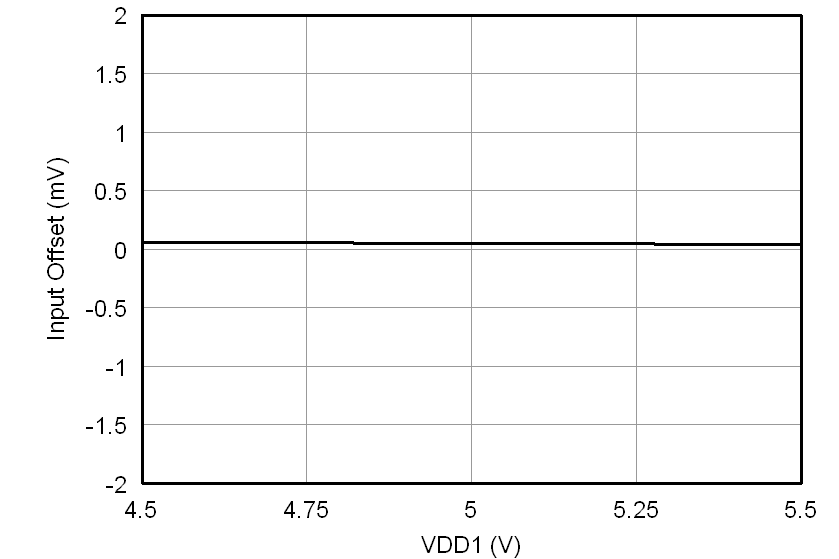
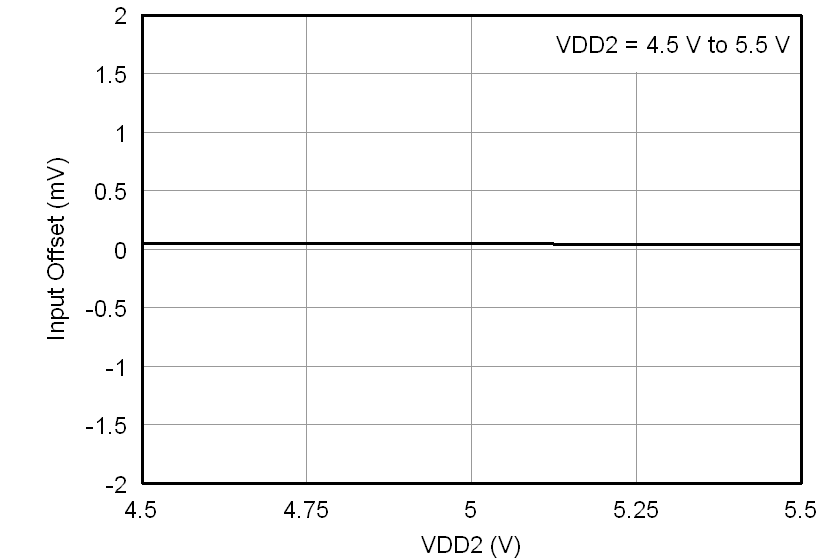

vs Input Frequency
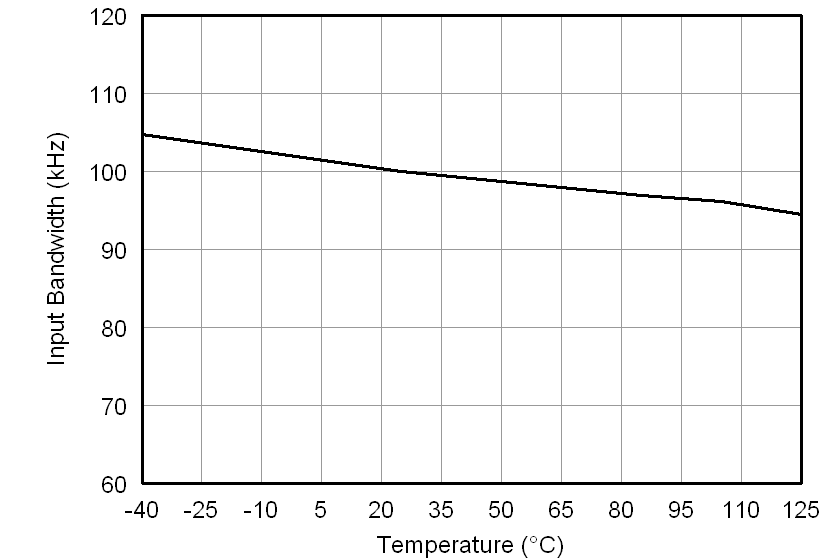
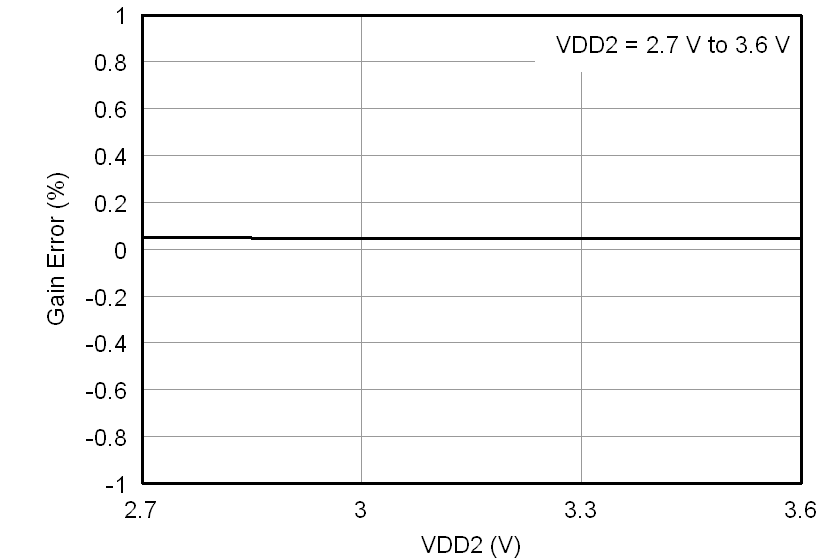
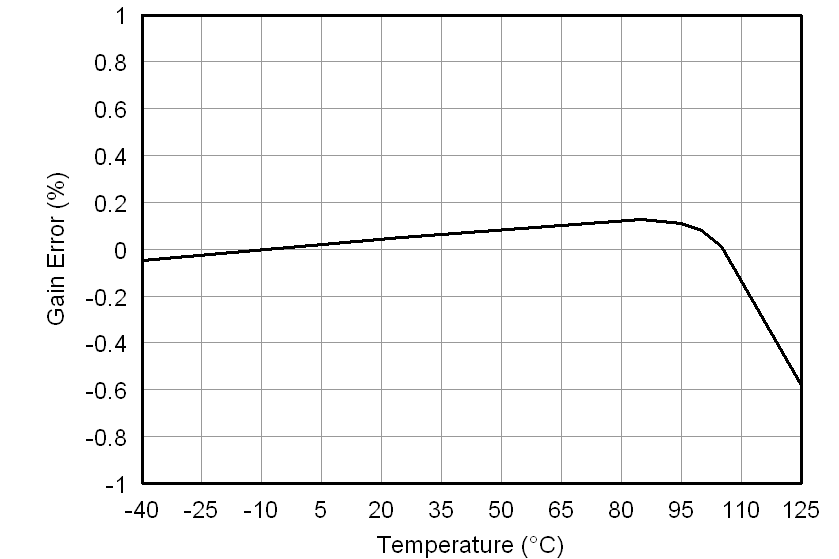
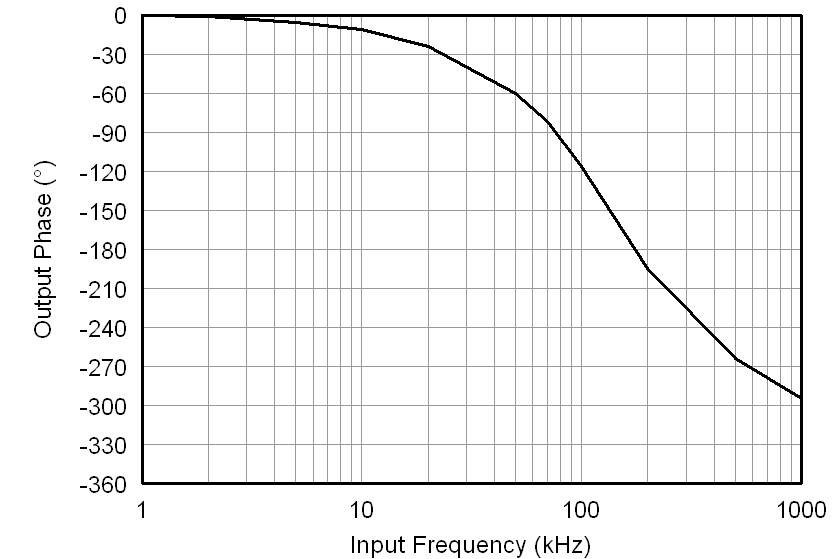
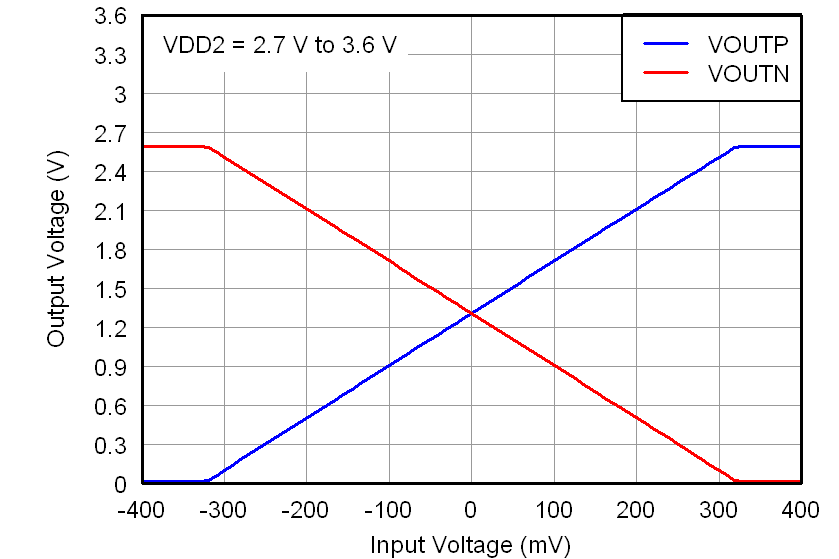
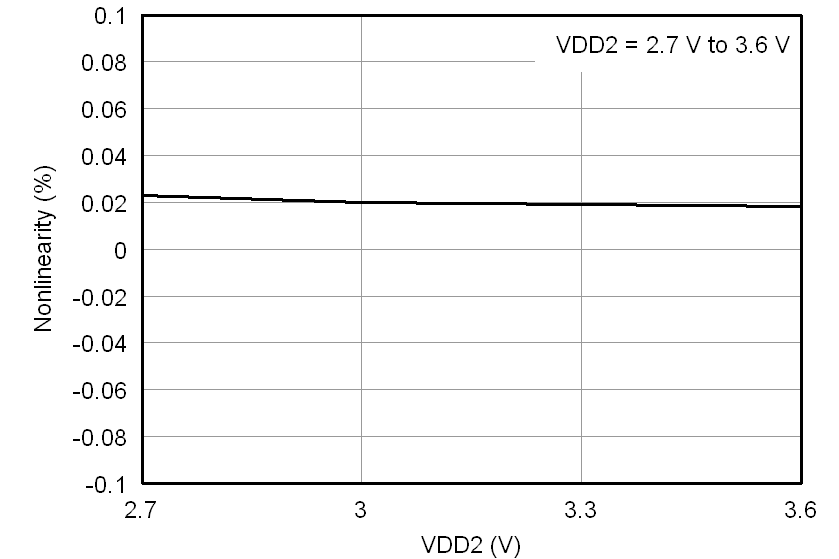

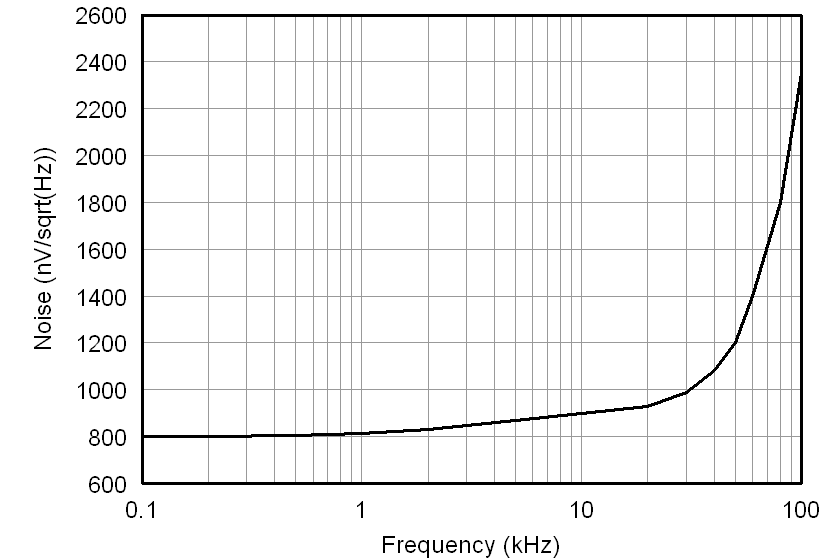
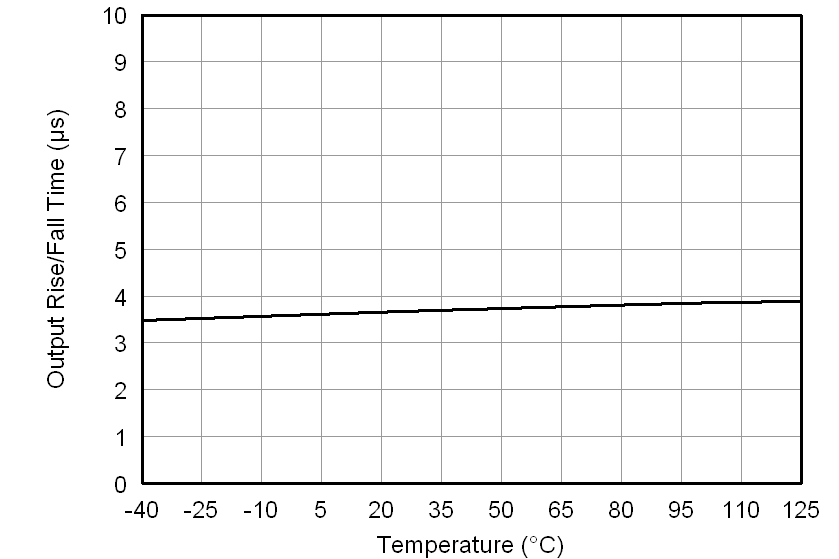
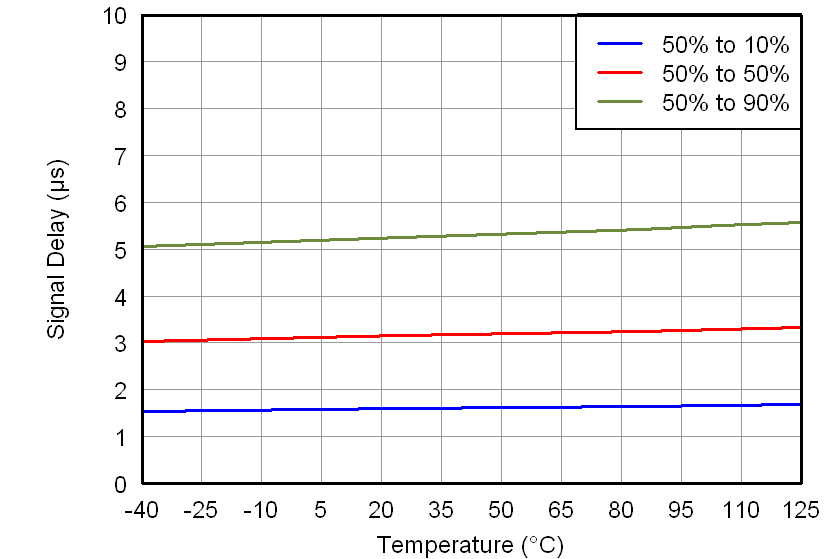
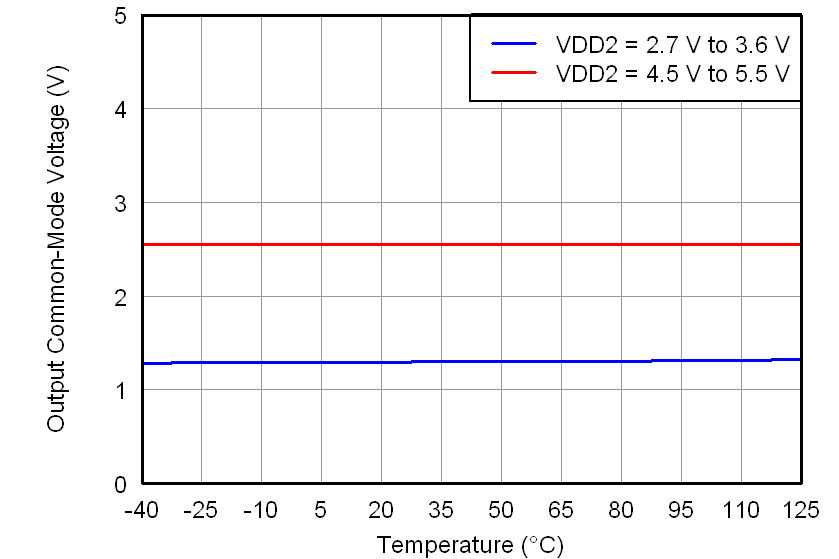
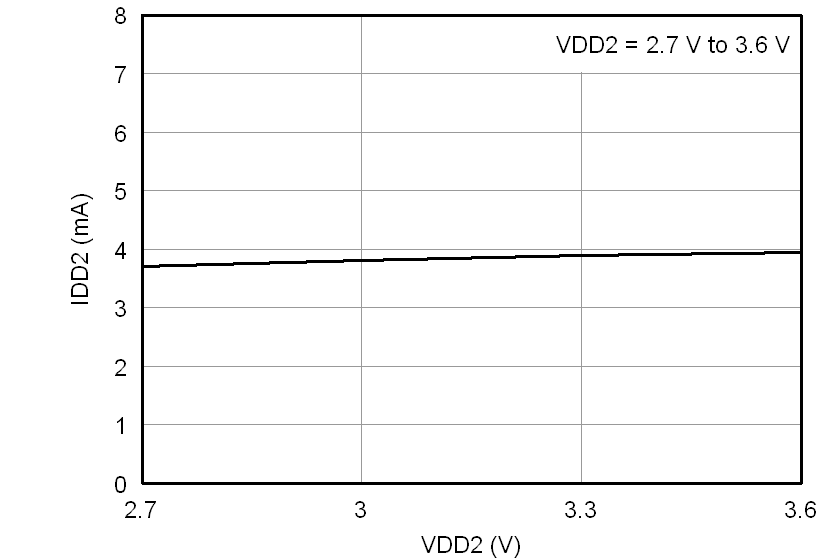
vs Low-Side Supply Voltage
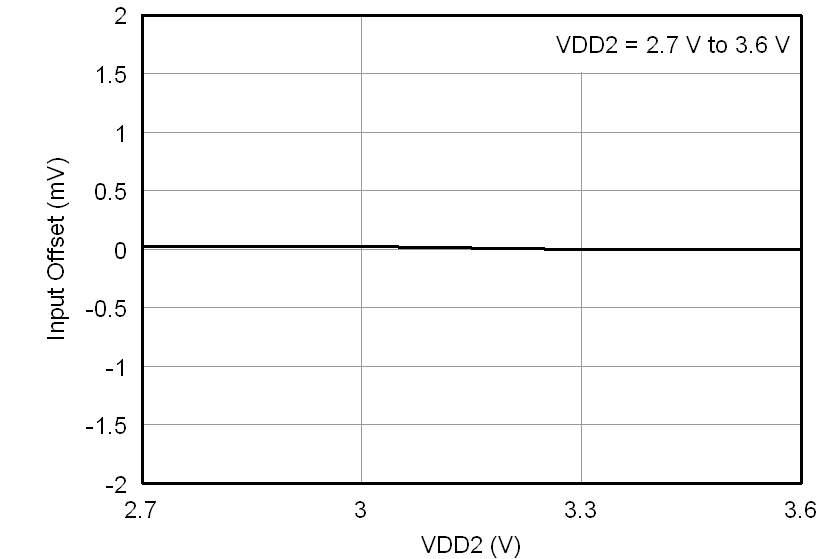
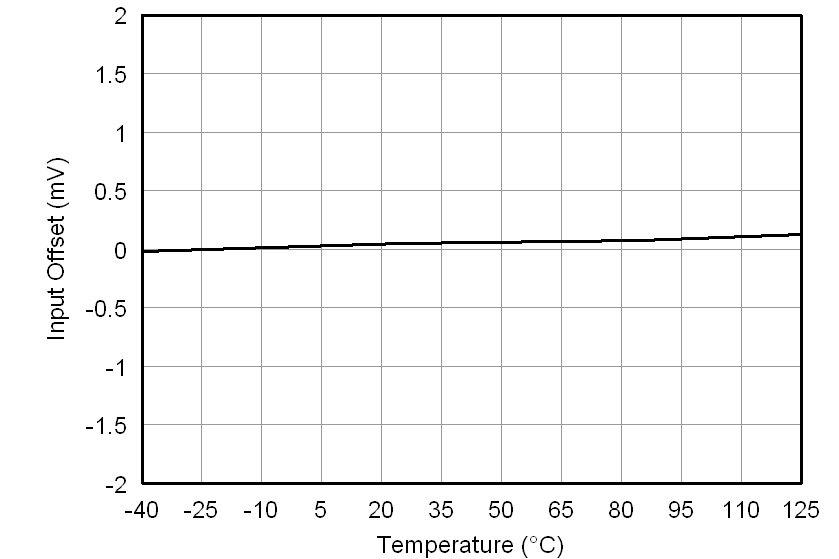
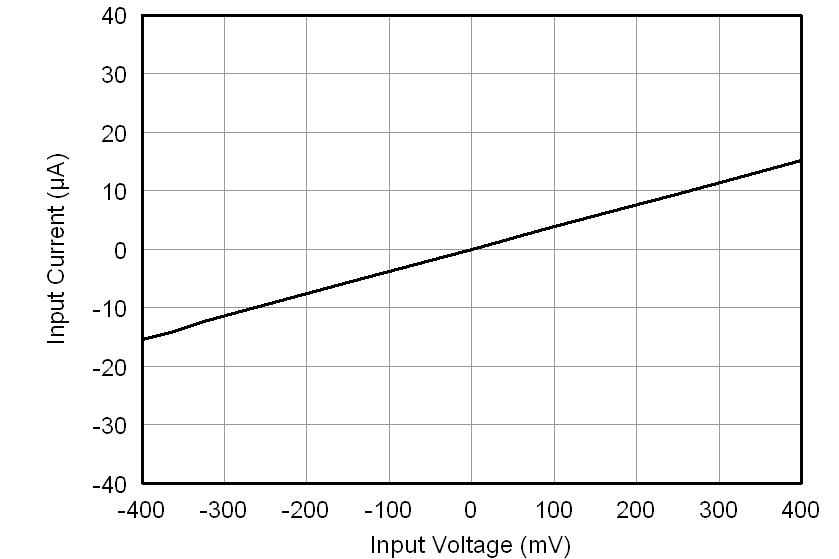
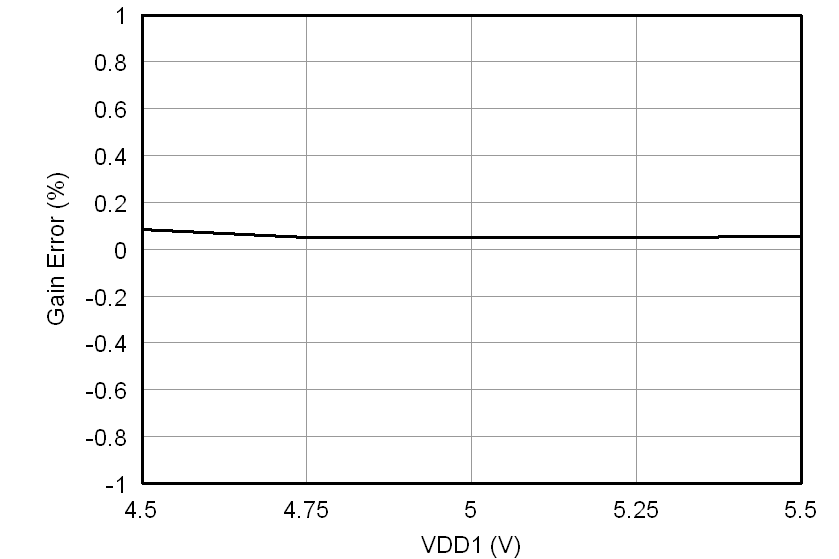
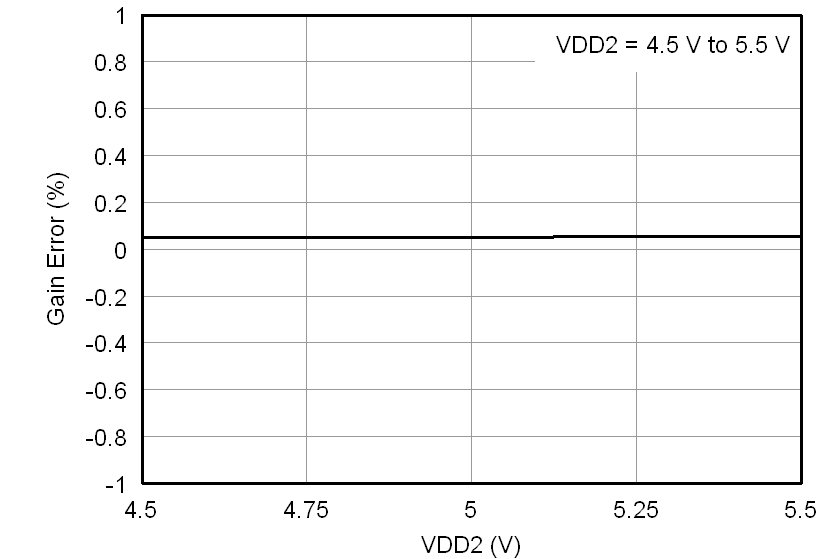
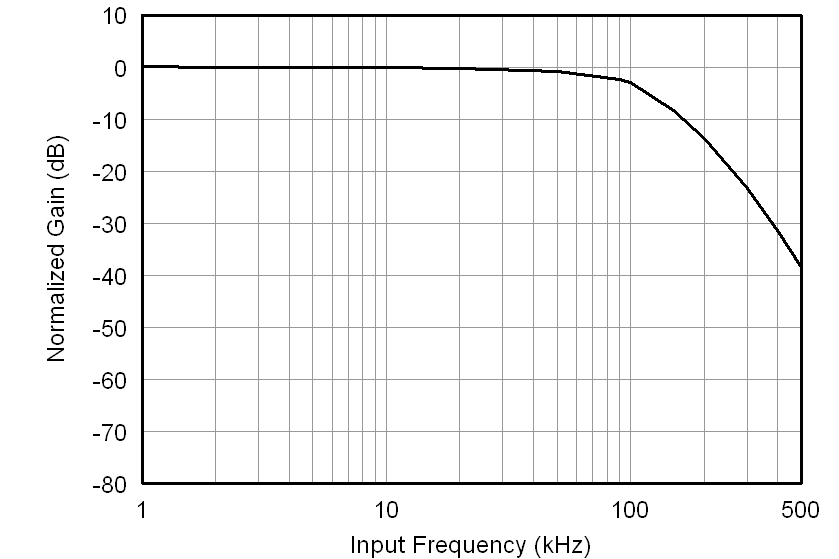
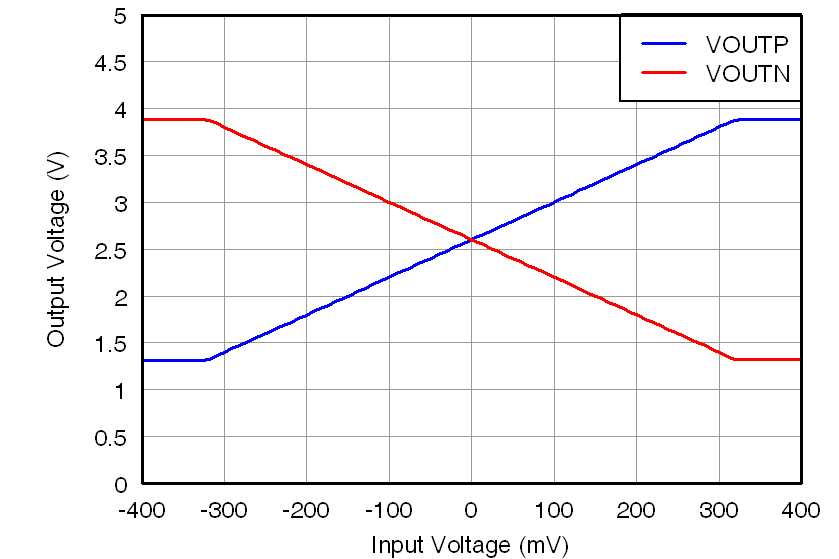
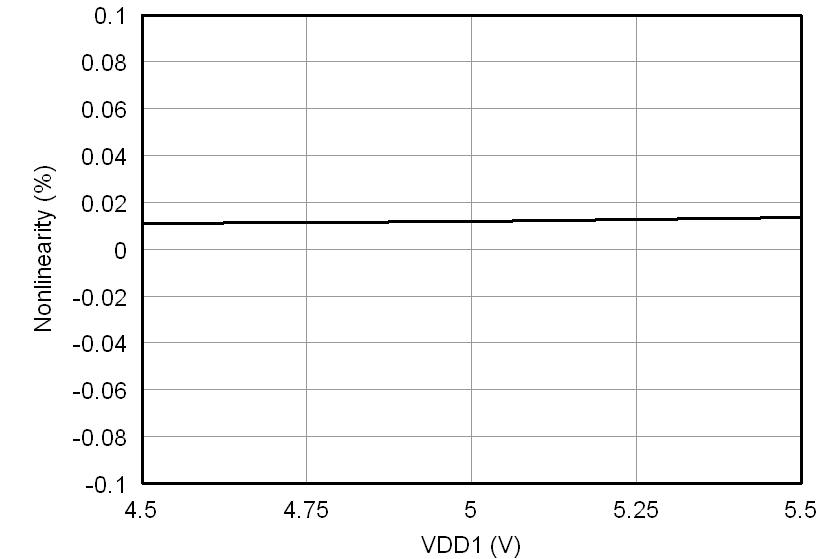
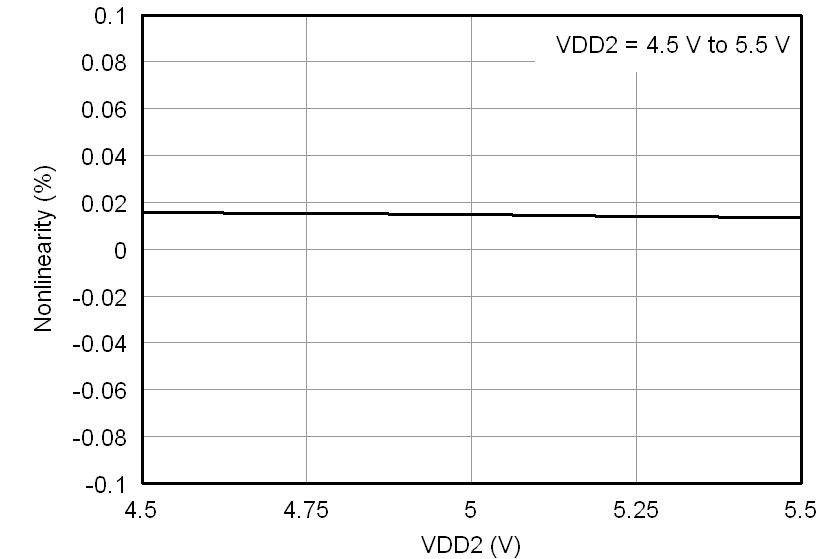
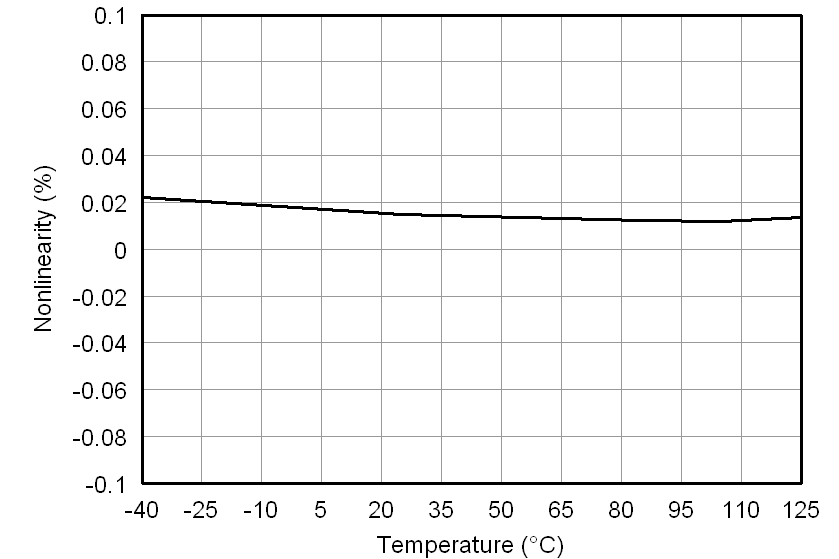
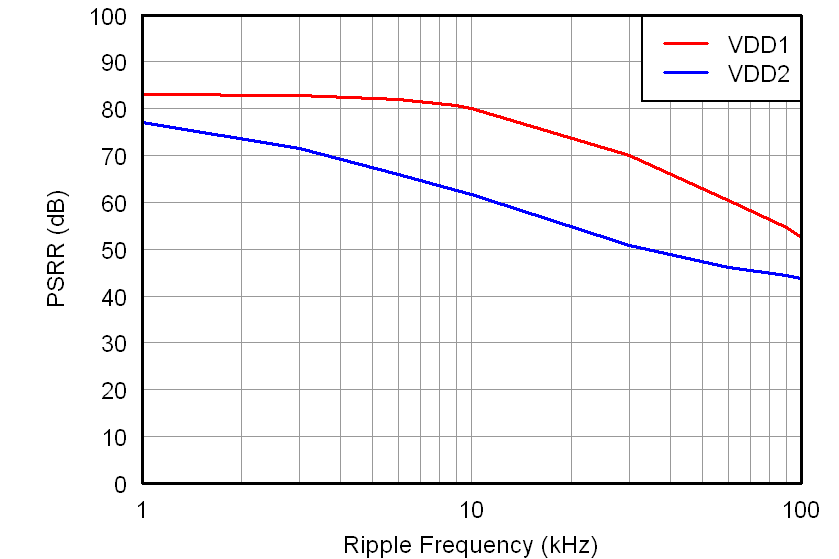
vs Ripple Frequency
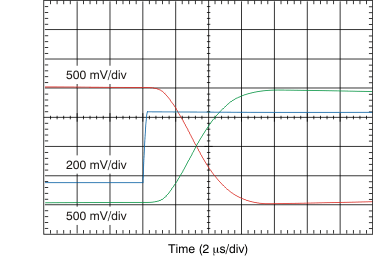
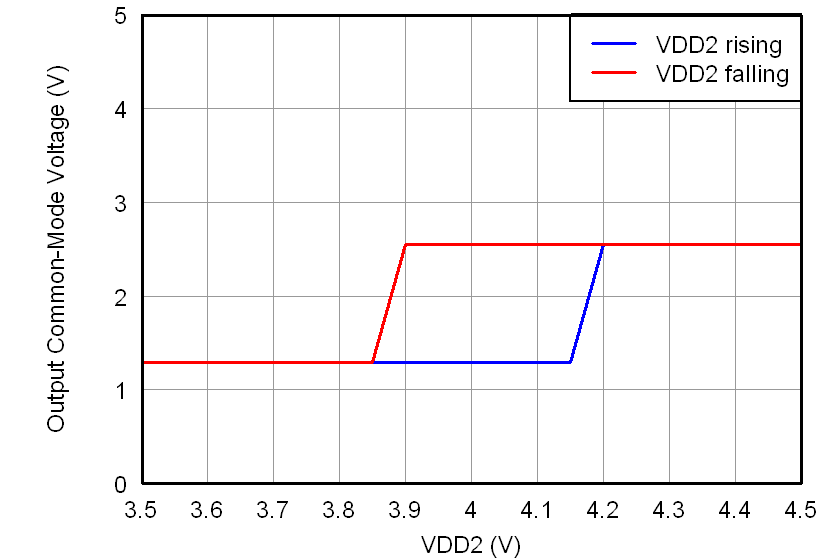
vs Low-Side Supply Voltage
